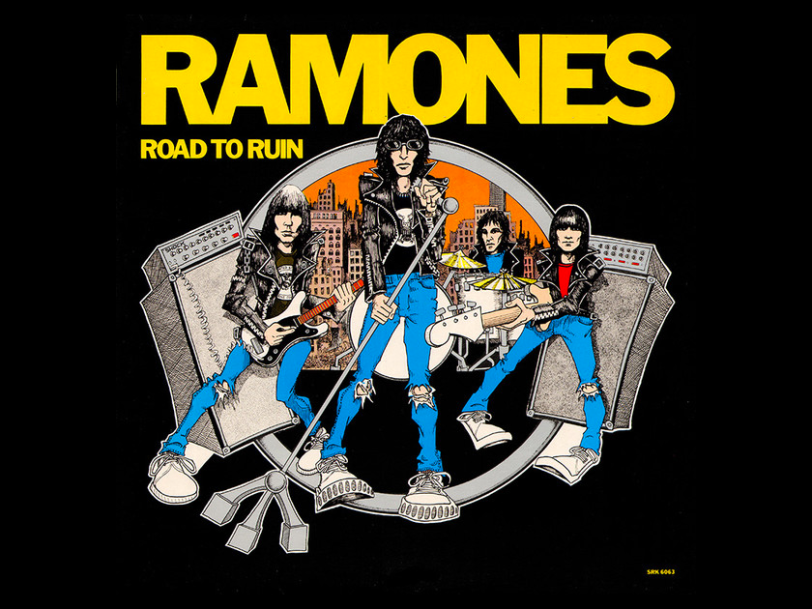By the time punk mutated into new wave in 1978, Ramones had already done enough to go down in rock history. However, while their initial trio of classic albums – their self-titled debut, Leave Home and Rocket To Russia – collectively confirmed the group’s place among the most influential bands of all time, “Da Brudders” were preoccupied with commercial concerns. Critical acclaim was all well and good, but as they turned their attention to recording their fourth album, Road To Ruin, Ramones were chasing the elusive smash hit they still believed was within their grasp.
Listen to ‘Road To Ruin’ here.




